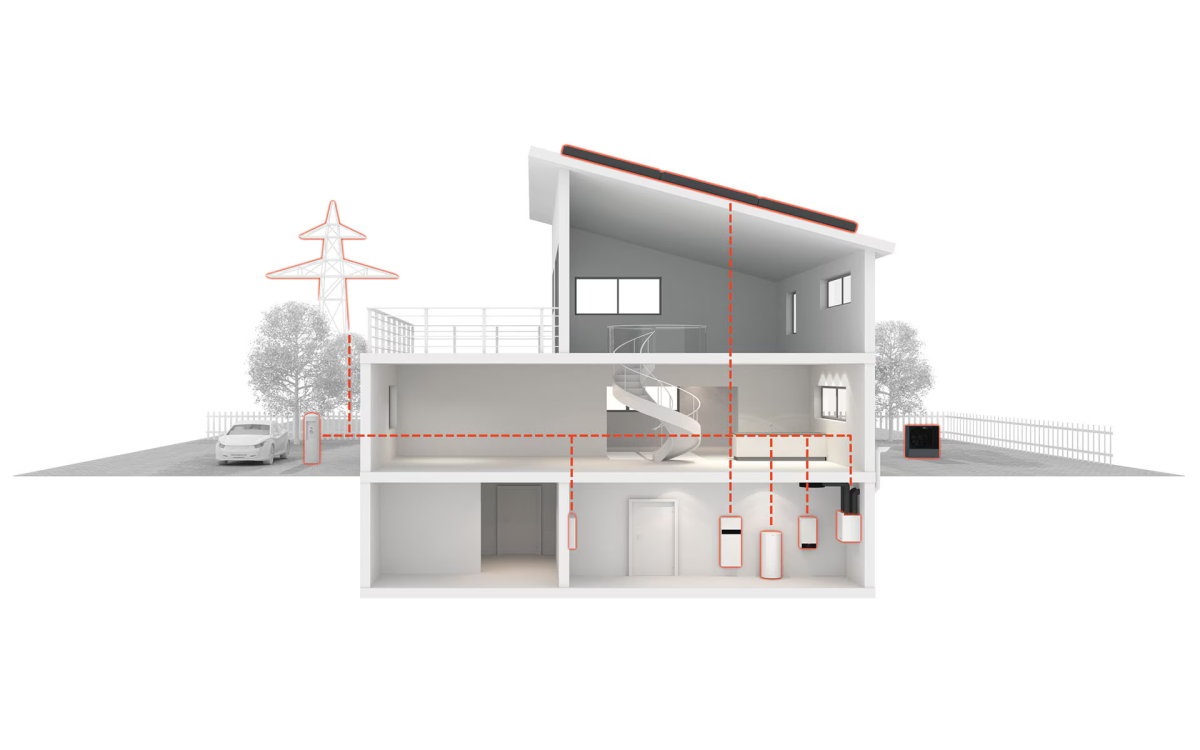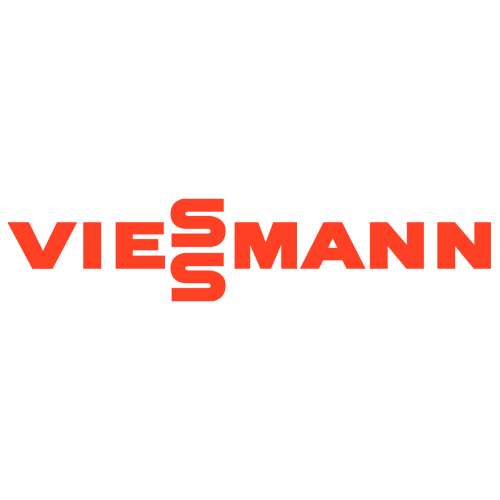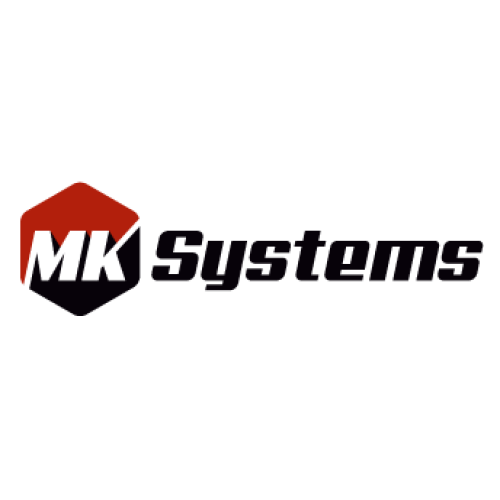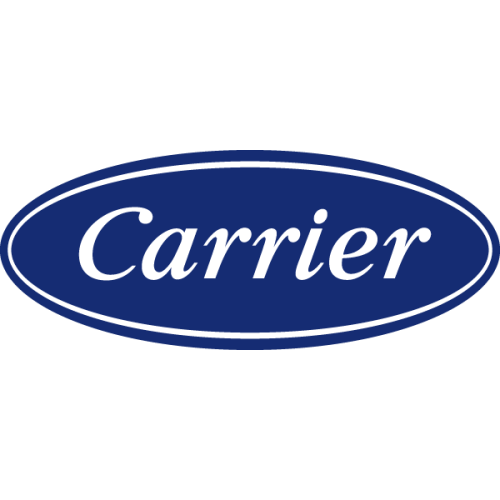FAQ – Frequently Asked Questions About Heating
FAQ – frequently asked questions about heating
How often is heating system maintenance required? Does Viessmann provide heating system maintenance? What should I do if I receive an error message? Here you will find answers and useful information to the most frequently asked questions about your heating system and everything related to heating.
1. Heating season and temperature
This aspect mainly affects the relationship between tenant and landlord. The summer months are not part of the actual heating period. However, since this period is not legally defined, whether heating is necessary depends, among other things, on the prevailing outdoor temperature. If it becomes too cold in the apartment or house and this continues for several days, heating should be switched on again. As a homeowner, you can decide yourself when heating is on or off.
Of course, the ideal temperature varies from person to person — some prefer it warmer, others cooler. Nevertheless, there are guidelines for optimal room temperatures. For different areas of the home they look like this:
- Living room: 20–22 °C
- Bedroom: 16–18 °C
- Hallway and kitchen: 18 °C
- Children’s room: 22 °C
- Bathroom: 23–24 °C
There is no legally fixed date by which owners must start heating. Generally, the heating season is not legally defined. However, the period from October to April has become typical. Thus, October is considered the start in many places. Even so, outdoor temperature and minimum indoor temperature matter far more than the calendar date itself.
April has become a typical end date for the heating season. In Latvia it is assumed to end in mid-May. However, the outdoor temperature and, above all, the minimum indoor temperature are more important than the date.
There is no single universally applicable ideal flow temperature. It depends on many factors: the energy efficiency of the building and system, the type and size of heating surfaces, and the system type installed. Therefore, the flow temperature should suit the house and occupants’ heating habits. Too high a flow temperature increases heating costs; too low leaves the home uncomfortably cool. It is best to consult a Viessmann specialist who can determine correct hydraulic balancing values and help set the optimal flow temperature.
2. Maintenance and repair
Maintenance is performed by our qualified and properly certified partners. If you want to request maintenance for your Viessmann system, please contact the installer who fitted your system. If you currently have no partner, use this button to request a maintenance quote from a certified specialist:
If heat distribution in the home is very uneven, hydraulic balancing should be performed. Without it, some radiators will remain cold while others overheat. Balancing is also recommended whenever components are replaced or after renovation. Energy needs change during renovation, and balancing may also be mandatory in certain subsidy schemes.
Hydraulic balancing is not a precautionary measure — it is done only when necessary, e.g., if warmth is distributed very unevenly and some rooms remain cold. It is therefore performed once and repeated only if something in the system changes (component replacement) or during energy-related renovation, which alters heat demand.
We do not recommend doing it yourself. Proper balancing requires precise system optimization and calculations. Free calculators provide only guidelines and cannot replace professional work.
An inspection identifies optimization and saving potential. A specialist will carefully examine the system and identify weak points that reduce energy efficiency, providing a qualitative energy assessment in a report. There are no legal requirements on timing, nor is it required regularly. The point is to determine what can be improved. Ideally, inspect once in summer or autumn to allow time to implement measures before the next season.
If air is present in a closed system, heat distribution is hindered: radiators warm only on one side. On start-up you may hear knocking or squeaking. In such cases the radiator must be bled to release excess air from the system.
In the video: how to bleed a radiator correctly
3. Errors and damage
Severe thunderstorms can also cause water damage. Take special care with the heating system’s electronics — such damage can even lead to fire. It is advisable to replace all damaged components. Damage assessment and coverage should be clarified by an expert. Viessmann and its specialists do not act as experts. Your insurance policy is decisive here.
If an error appears on the control panel, you can first find the appropriate manual in Viessmann’s online database. You will need the unit’s serial number (on the nameplate) or the product name and approximate purchase date. After entering this information, download the correct manual and look up the error code. If you cannot find the document or the error remains unclear, contact a heating service company or Viessmann customer support.
The serial number is on the unit — a barcode label with a 16-digit number. If you cannot find it, contact your Viessmann specialist. The year of manufacture is on the boiler nameplate or in the chimney sweep’s report. The 16-digit number also helps identify the system’s age — the eighth digit is key.
If you have to bleed radiators frequently, the system pressure may be too low. Read the water pressure on the manometer; the green zone indicates the optimum. If pressure is low, topping up water may be necessary. A faulty expansion vessel can also create a vacuum and draw air into the system. In both cases consult a plumber.
If you have to bleed radiators frequently, the system pressure may be too low. Read the water pressure on the manometer; the green zone indicates the optimum. If pressure is low, topping up water may be necessary. A faulty expansion vessel can also create a vacuum and draw air into the system. In both cases consult a plumber.
If radiators need frequent bleeding, system pressure may be too low. Check the manometer (green zone). If pressure is low, top up water. A defective expansion vessel can cause vacuum and air ingress. In both cases consult a plumber.
4. Function and technology
In warmer months the system should generally run in summer mode. This is efficient and still provides domestic hot water because the boiler supplies both heating and hot water. Modern models allow temperature-based switching using indoor or outdoor thresholds so the system turns on during cold spring or summer days but not every cool morning.
To save energy, it can be sensible to temporarily switch off hot water preparation during a summer holiday. With a decentralized DHW system this is easy and often worthwhile, especially with a small water heater. Larger cylinders (250–300 L) should be fully switched off only if you are away for several weeks, as reheating after a long break consumes significant energy.
There are several reasons for occasional topping up. Signs include low system pressure, radiators staying cold, or unusual noises often caused by air in the pipework. When filling, follow important rules. Besides the user manual, pay attention to water quality: it should meet drinking water standards and VDI 2035 to avoid damage and deposits.
Follow these steps:
- Connect the system to the water supply using a suitable hose. The Viessmann filling valve with backflow protection ensures heating water does not flow back into the drinking water network.
- Open the valves at the water supply and at the filling valve.
- Fill until the manometer reads about 1.5 bar.
- Close the valves and bleed the radiators to release trapped air.
It is advisable to replace a boiler after 15–20 years at the latest. Older technology consumes comparatively more energy, especially non-condensing gas or oil boilers. New models increase efficiency, reduce fuel consumption and heating costs, and offer greater safety.
The heating engineer who installs the unit will show you how it works once the job is done. In addition to proper operation, they will explain what to do if specific error messages appear and what to consider when adjusting the heating curve.
Author: viessmann.lv

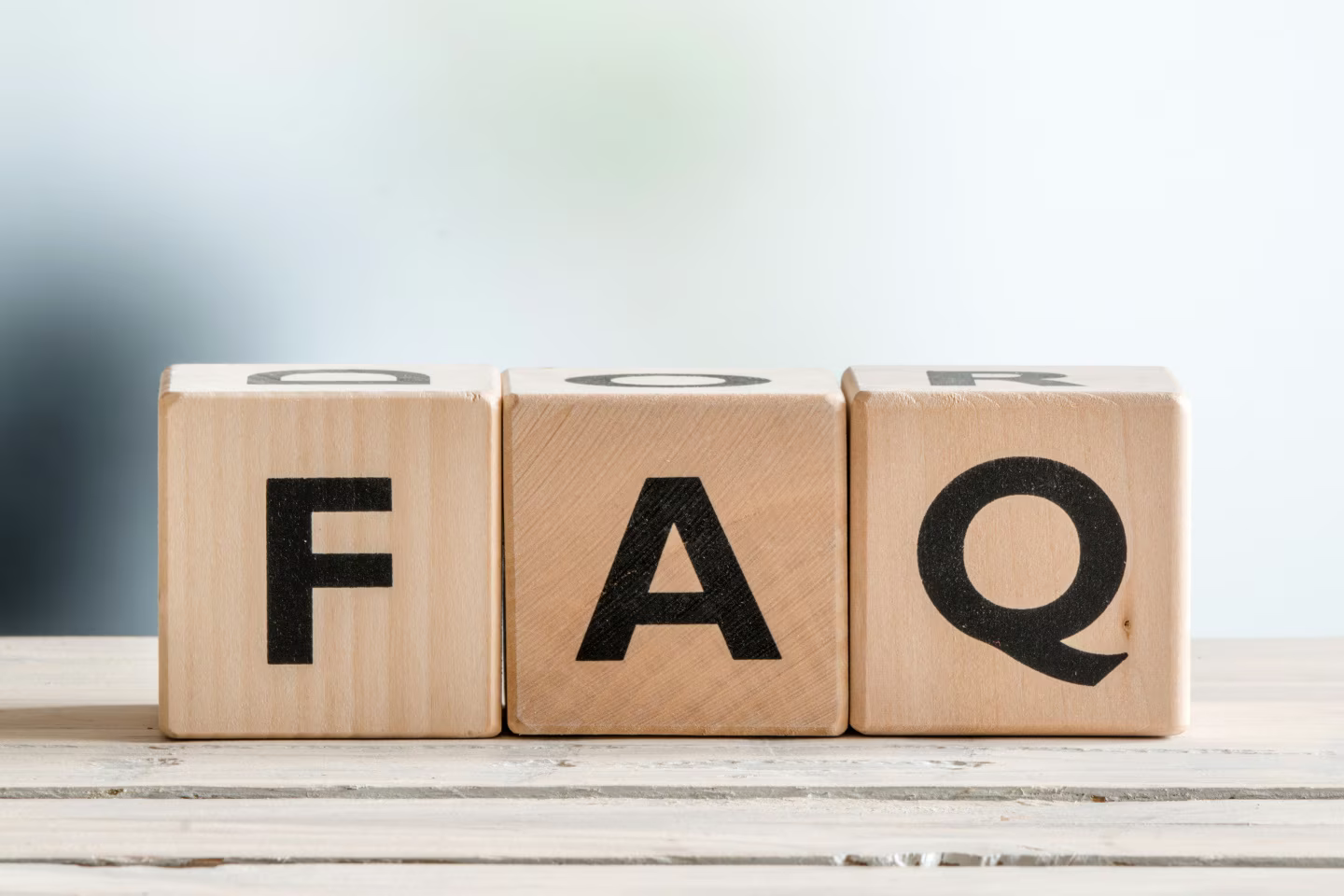

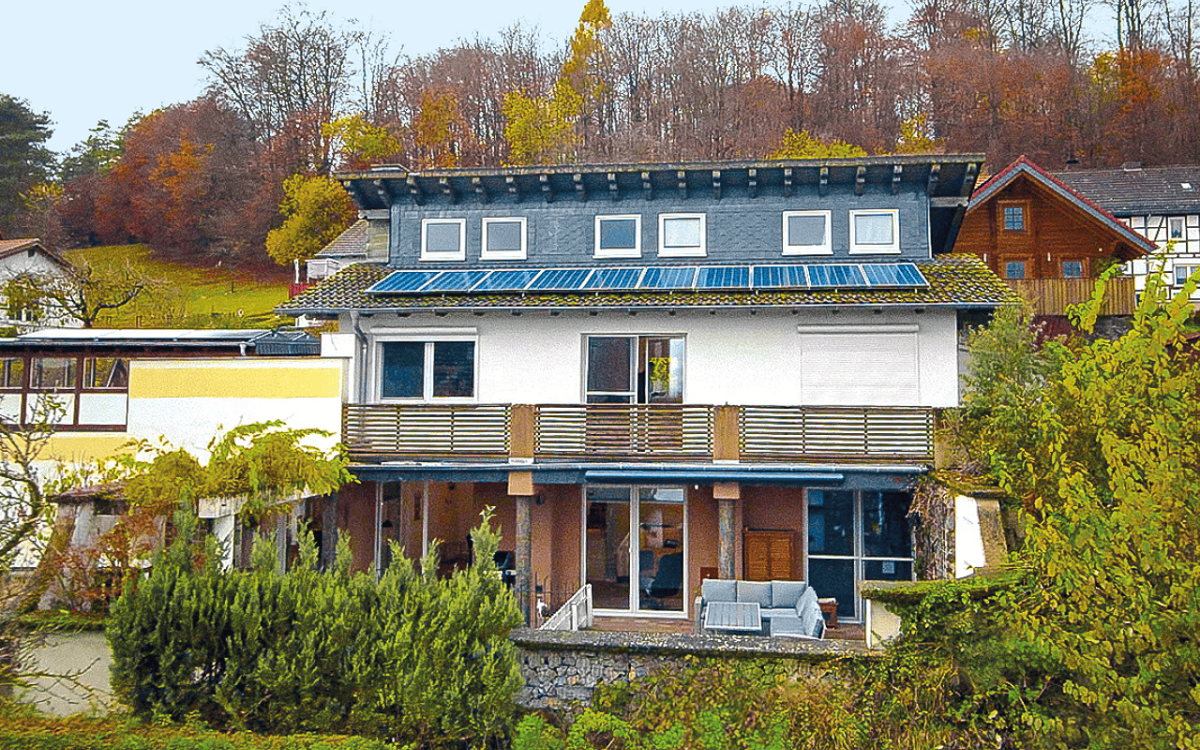
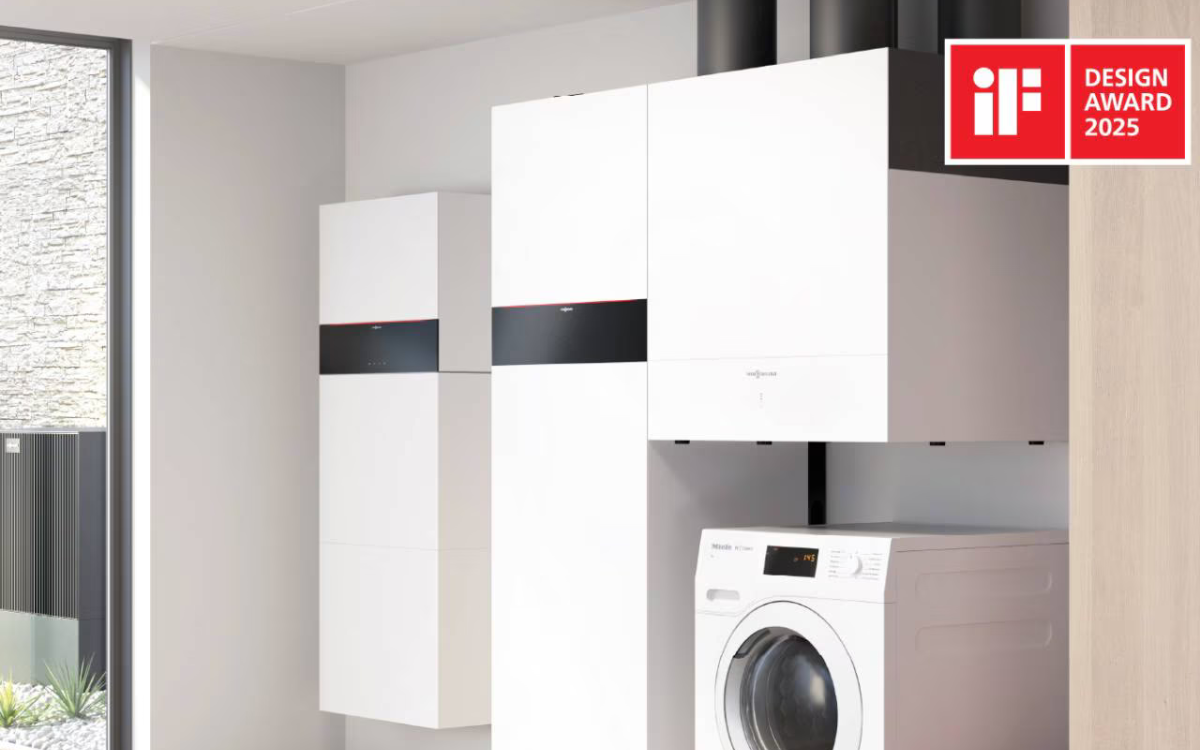
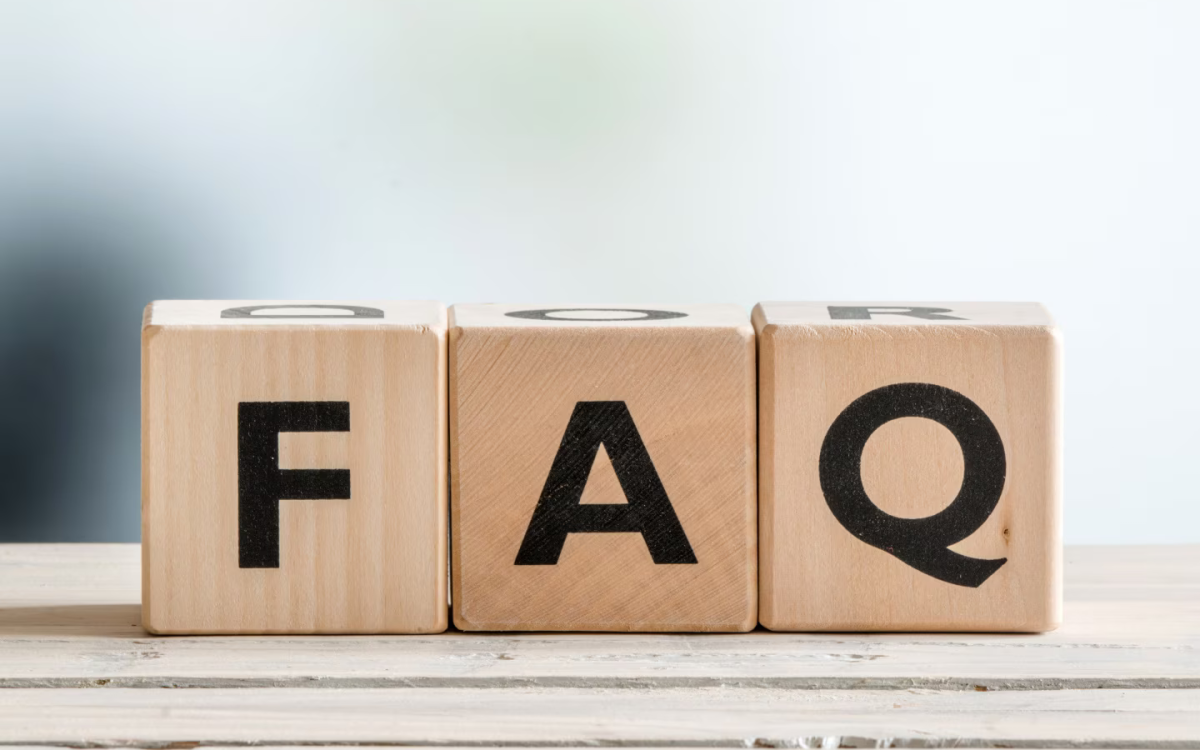
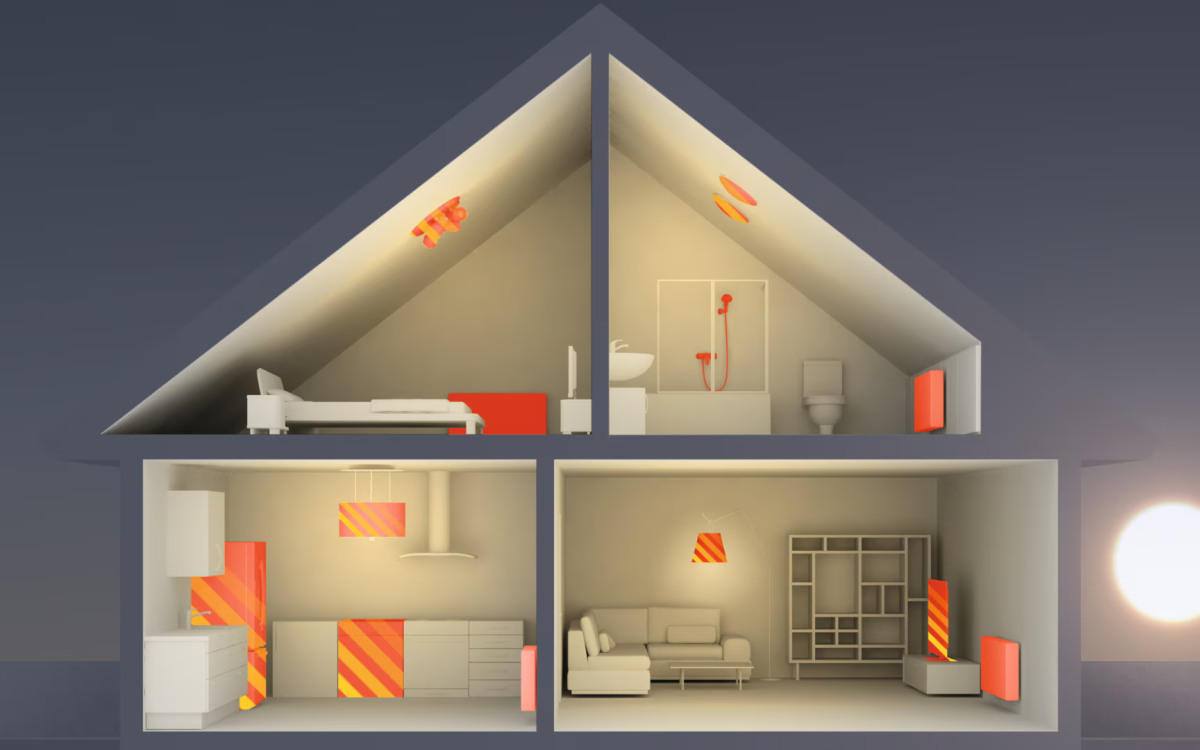
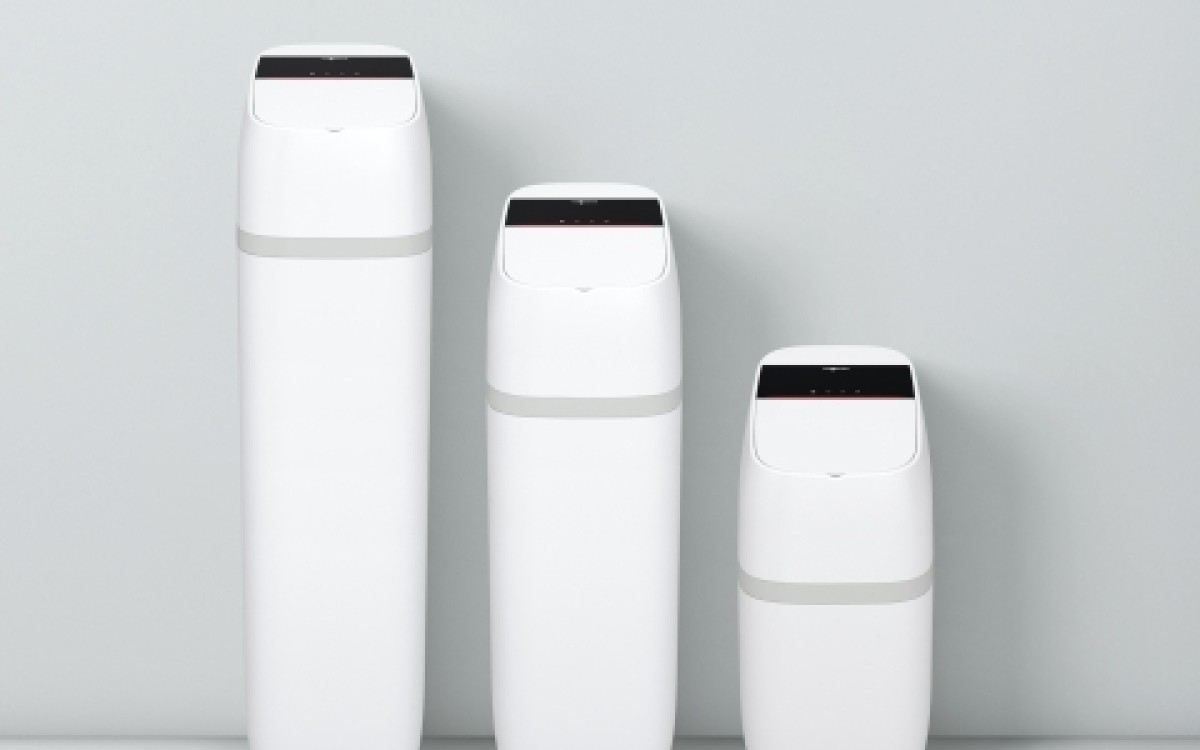
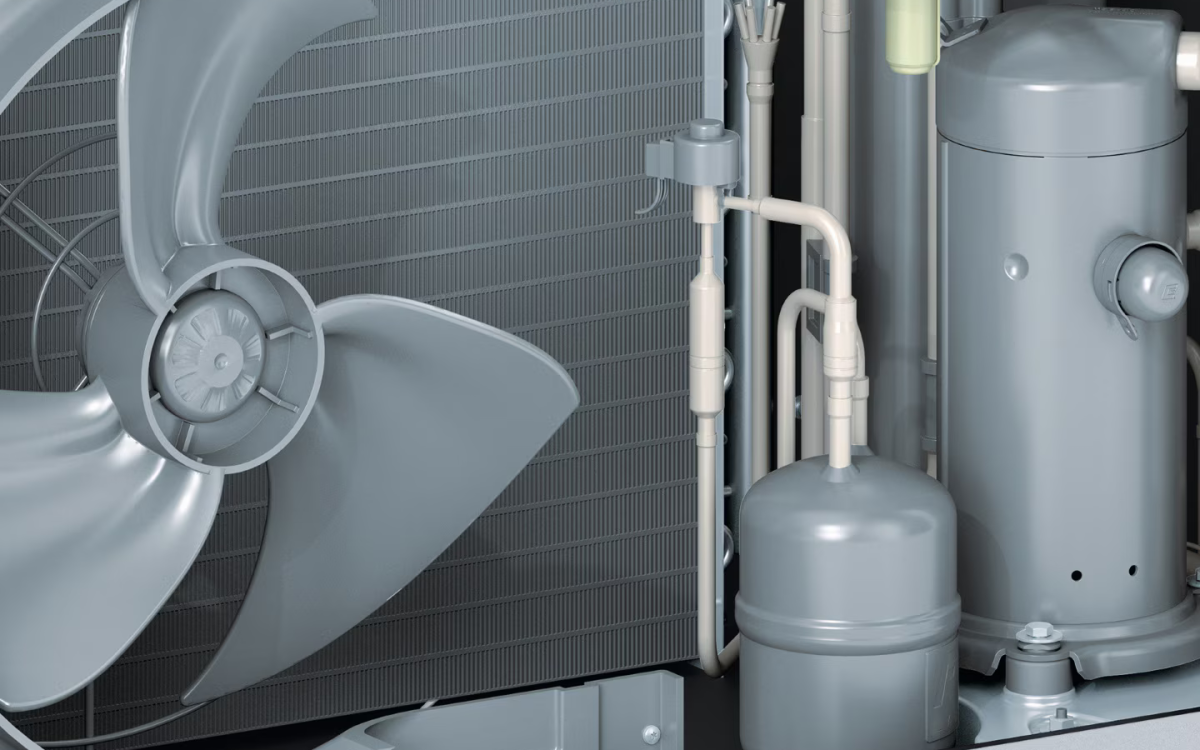
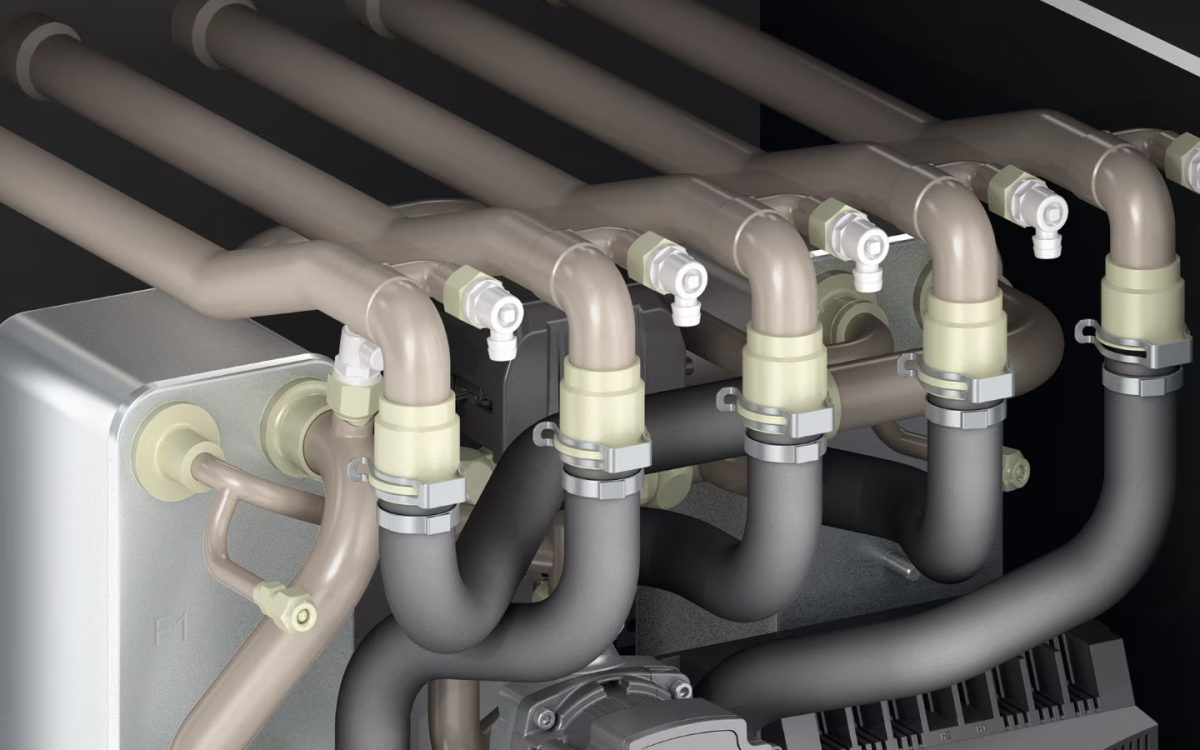
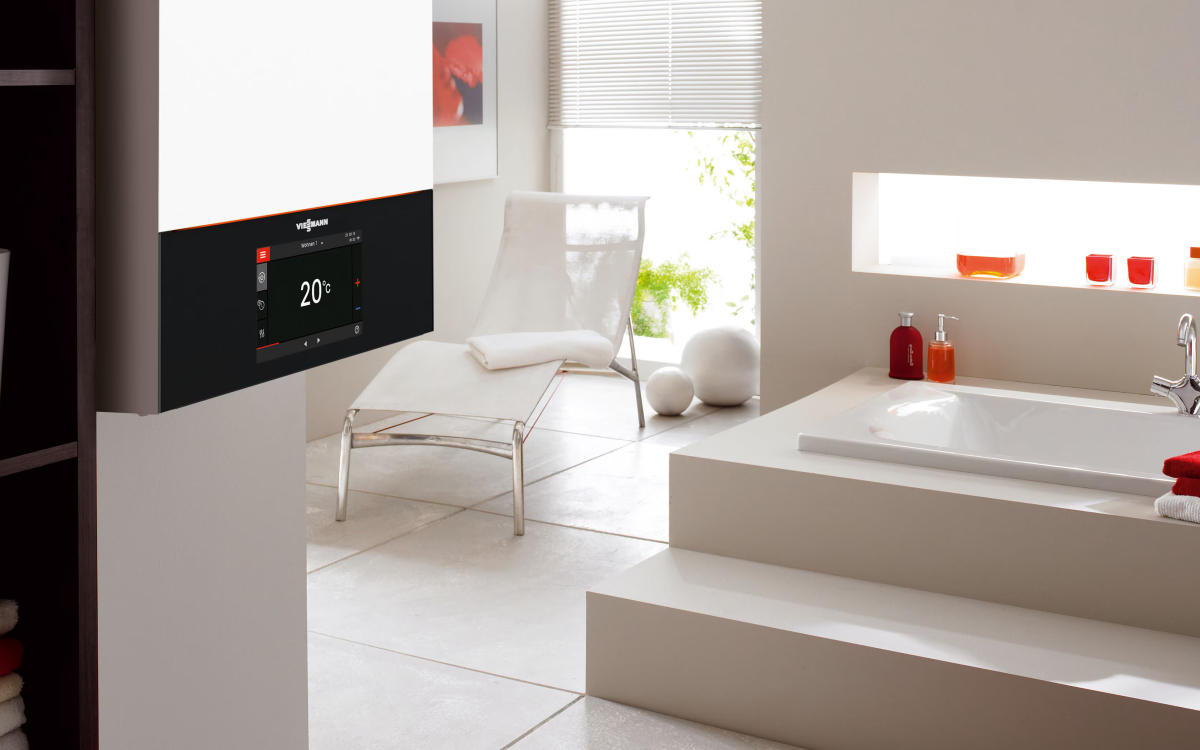
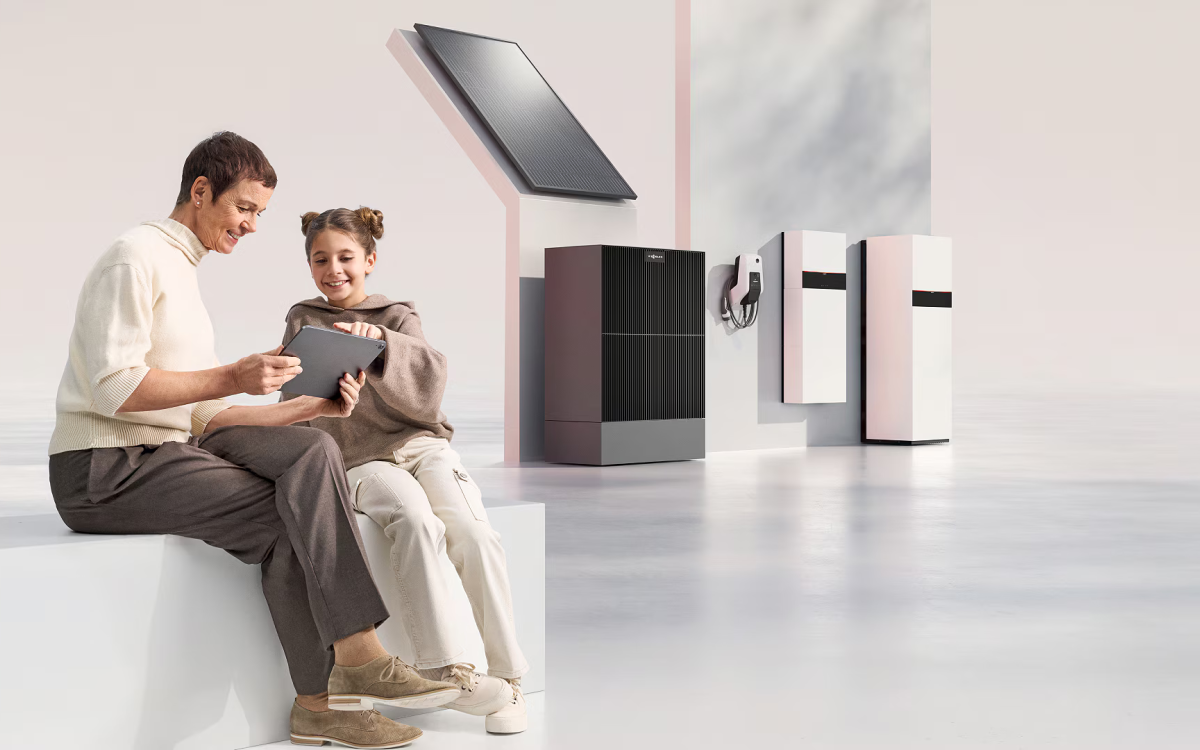
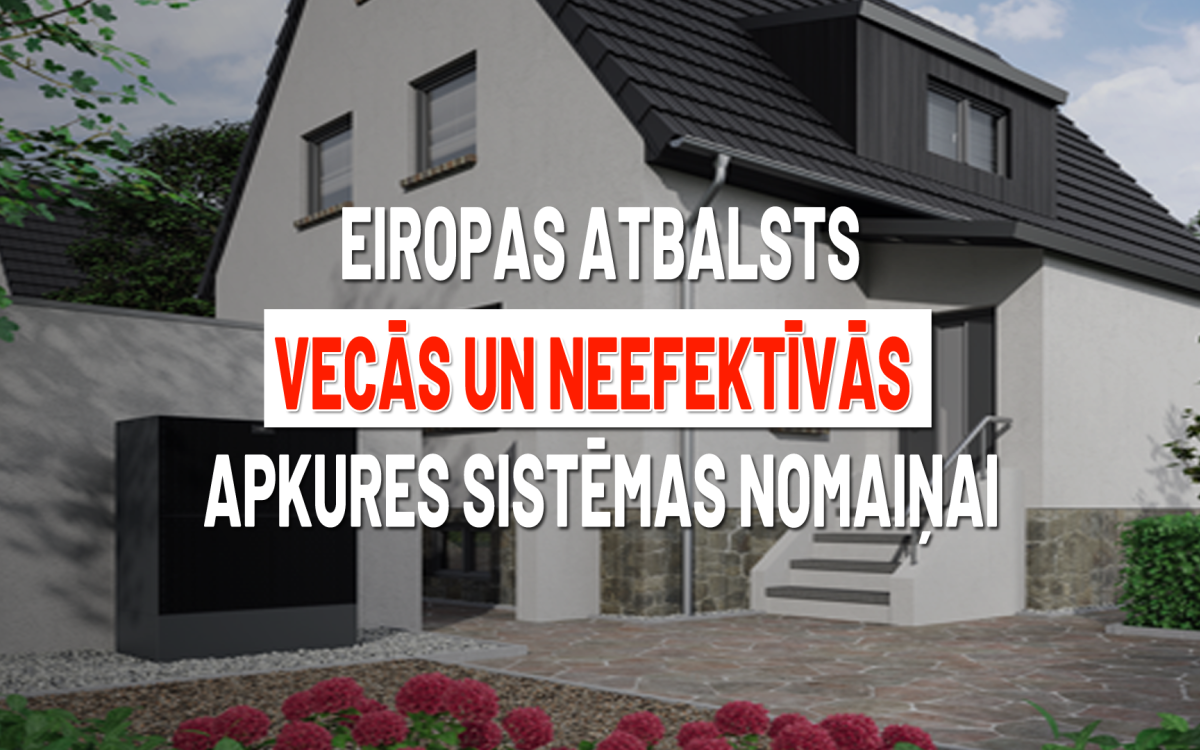
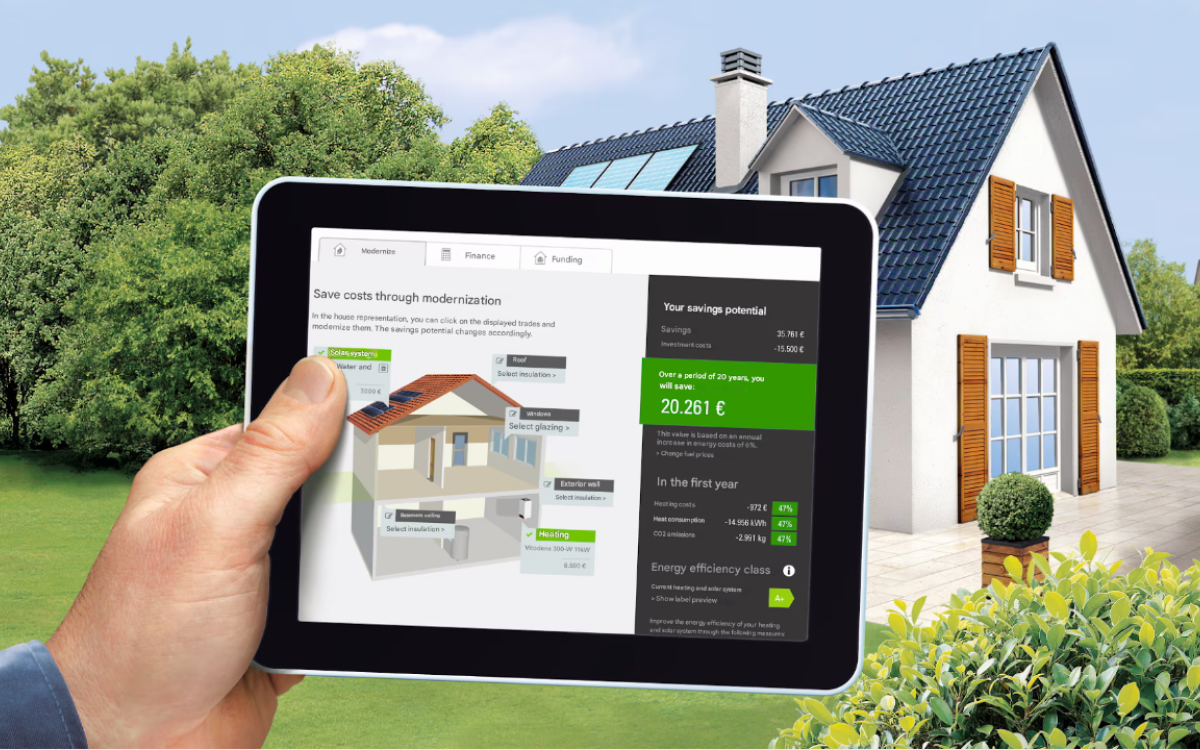

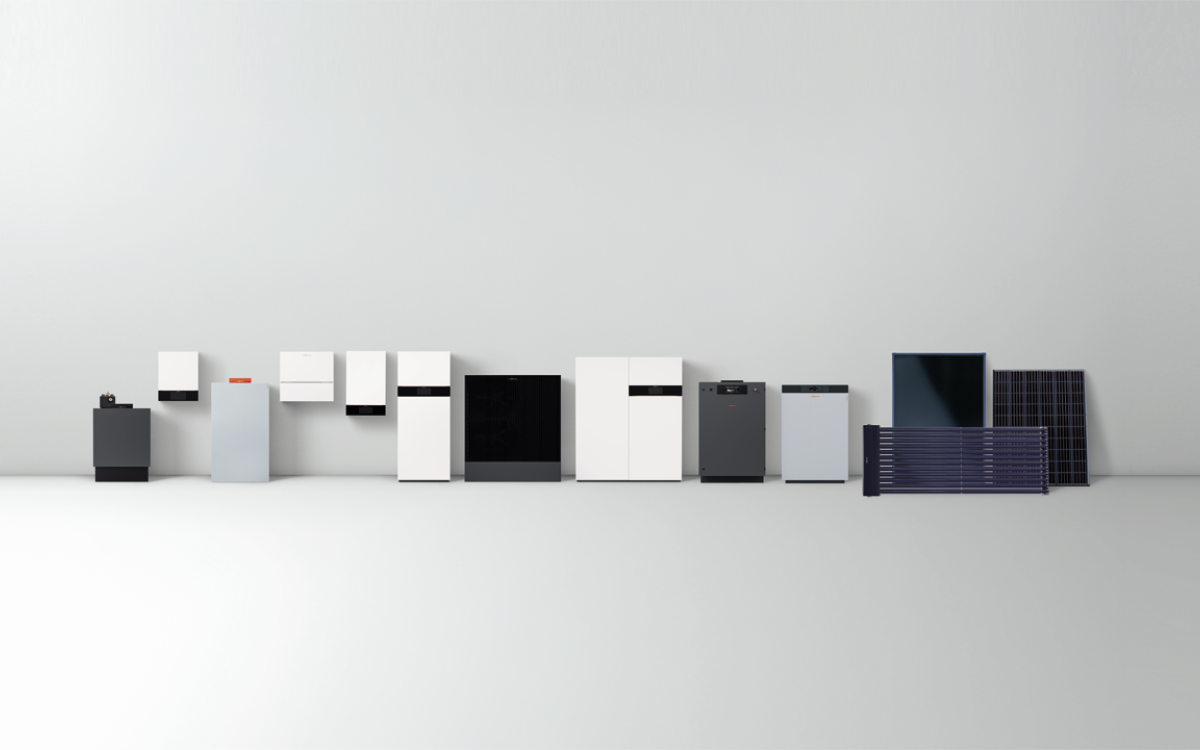
-1200x750w.png)
